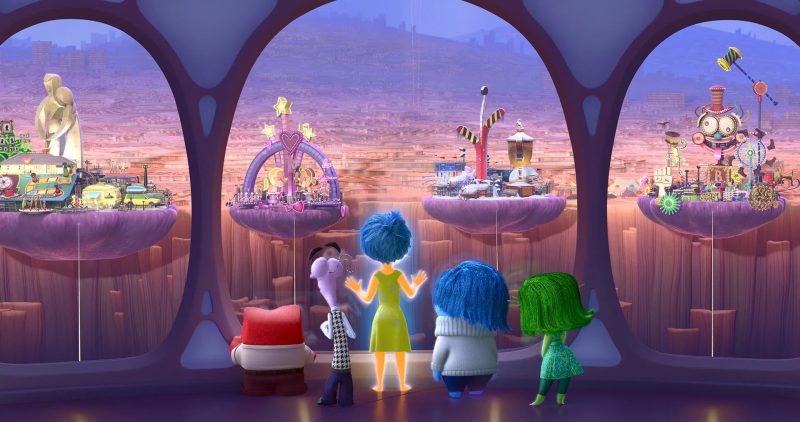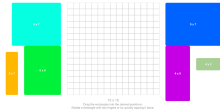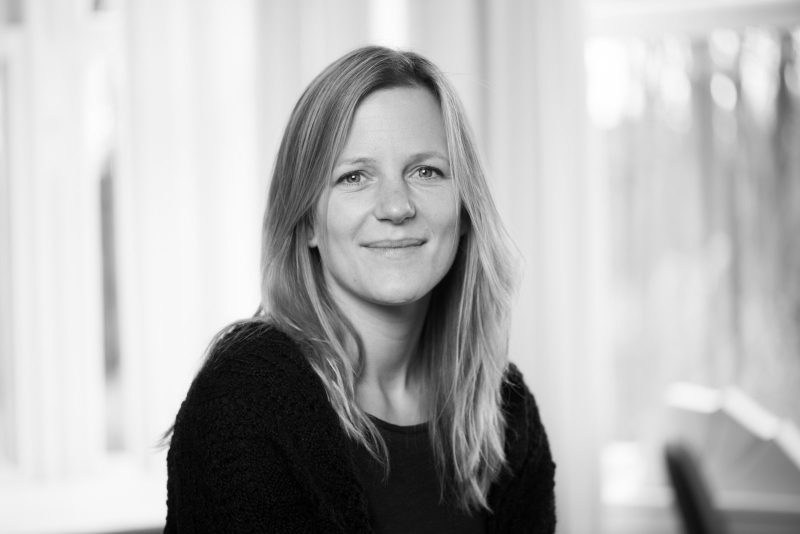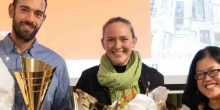Claudia Flandoli is an author of comics and an illustrator, with a keen interest in science topics. She teaches educational illustration at ISIA (Higher Institute for Artistic Industries) Urbino, where she has studied graphic design. Currently she works as a freelancer in Cambridge, UK. Last year she gave a short talk during the opening of IMAGINARY in Amsterdam, and she also designed the poster for the local exhibition. We couldn't let this opportunity pass and we asked her for an interview about art and science.
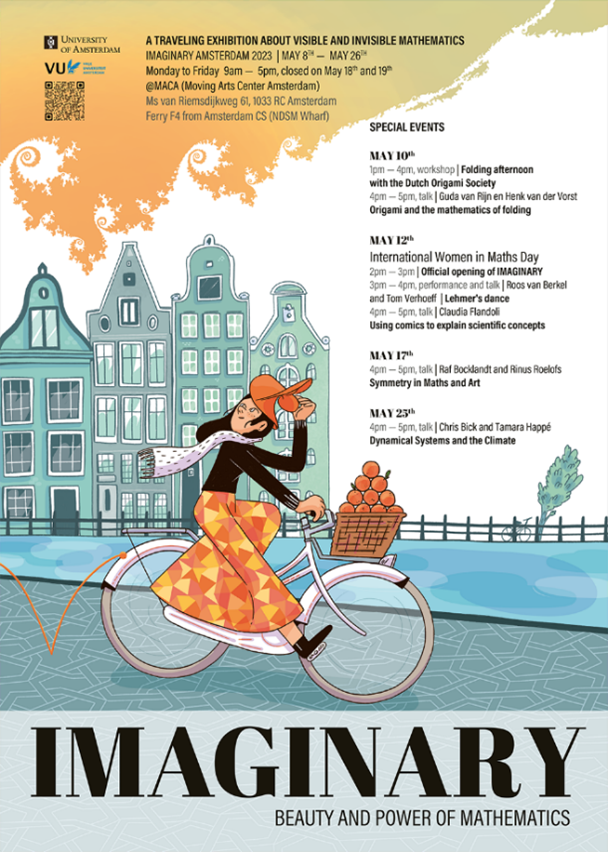
Figure 1: the poster for IMAGINARY in Amsterdam. Can you find the mathematics in the poster?
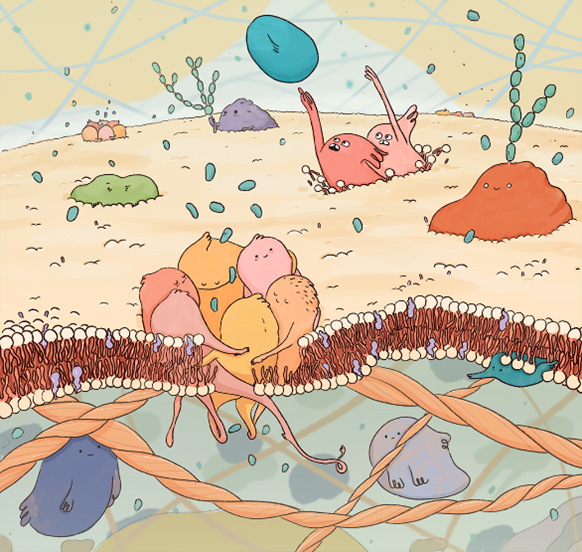
Figure 2: Personal project: Life on a cell membrane.
How did you get involved with science illustration?
“After high-school I didn’t really know what to do. I was interested in biology, but I liked all scientific topics. I was convinced by my parents to try medicine, mostly because of its professional perspectives. I started but it wasn’t my thing. I liked biology, for me biology and medicine are two sides of the same coin, namely how life works. During my bachelor project I had to think more about my future. I was doubting if I wanted to go into research, which demands long-term commitment. I liked short-termed projects more. During my bachelor project I started making comics and I really liked it, then I decided to start with a master in graphic design and science illustration. I fell in love with it! I only wanted to learn more! In the end I did my master thesis in visualization of proteins.
I was enthusiastic about making comics. I started communicating publishers and newspapers If they would be interested in a collaboration. My first comic was about Xyllela, a parasite infecting olive trees in the South of Italy. My second comic was in 2015 about vaccination, a hot topic. After that I started getting requests.
My first big project was with Donna Moderna, a very popular fashion magazine in Italy. The director wanted to also communicate some scientific discoveries to the readers. She thought that comics would be a less scary form to communicate science. You can create characters, make jokes, or make a funny drawing of some bacteria!”
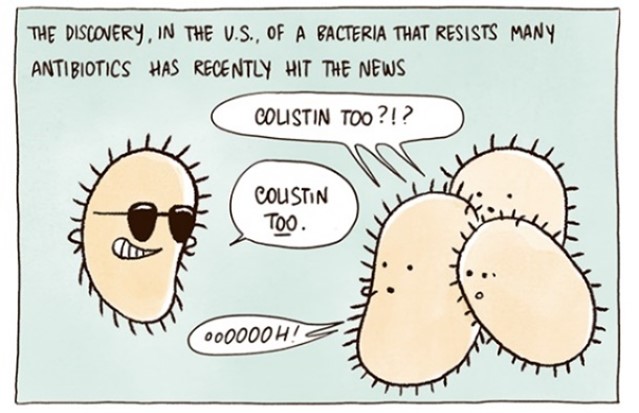
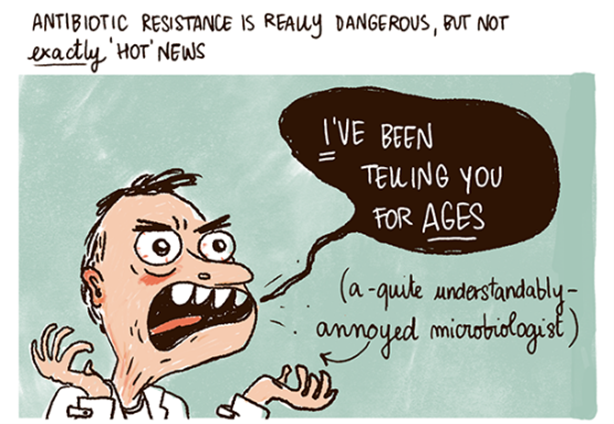
Figure 3: Comic commissioned by Donna Moderna magazine (issue n.27, year XXIX, 1st June 2016) about antibiotic resistant bacteria. Fully story to be found here.
EGMO: operatione panino
On the occasion of the 2018 European Girls’ Mathematical Olympiad, the magazine Comics&Science has dedicated an issue to the topic of women in maths. Claudia was asked to write a comic story about the EGMO. She decided to write the story of four young girls going to the Olympiad: Emmy Noether, Ada Lovelace, Sofia Kovalevskaja and Ipazia!
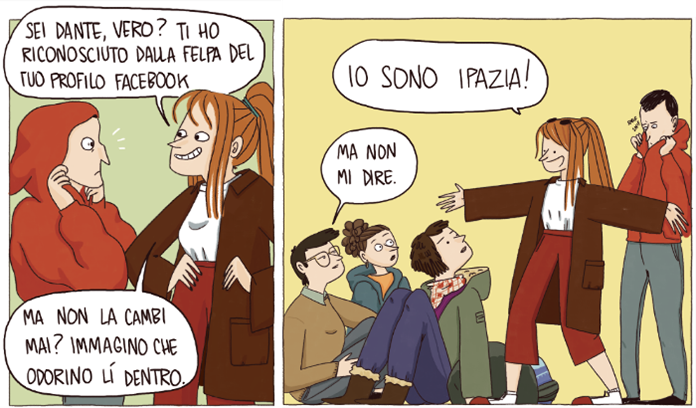
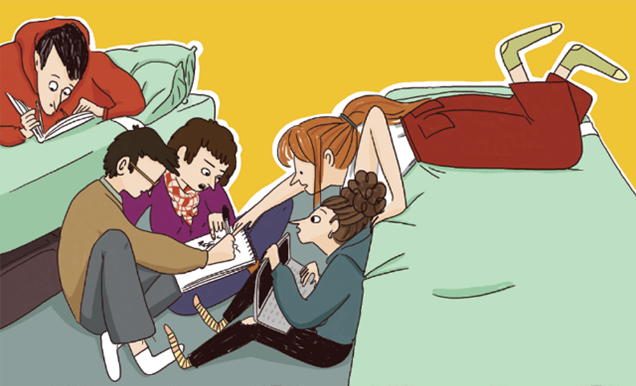
Figure 4: Emmy Noether, Ada Lovelace and Ipazia preparing for the EGMO.
“This comic shares bonding moments of students doing mathematics. It was a very touching comic. I remember I started reading a diary of the tutor of a group who went to the Mathematics Olympiad. About the traveling, their daily routines, being there, and participating in the Olympiad. So, I came up with the idea to make the comic as a diary. And since the Olympiad was in Florence the tutor’s name is Dante! I decided to take famous women mathematicians participating in the team because this would make it more appealing for mathematicians, I could also make some inside jokes.
I studied a little bit the biographies of these mathematicians, and I thought what people with such biographies would do as teenagers participating in the Olympiad in our time. For example, Emily Noether was not getting paid as a woman doing research, hence her character in the comic is a tutor at her school who is not getting paid. Sofia Kovalevskaja was involved in politics; and so is the character in the comic. Reading about them helped me build the characters and understand their way of thinking.”
What is the strength of comics in communicating science?
“Each medium has its strengths. When you write, you can delve into a lot of details within just one page. In comics, however, you need more space to achieve the same depth in the subject. On the other hand, comics have the advantage of having pictures, which can make difficult concepts easier to understand. Indeed, you have two levels of understanding that work in synergy: the text, and the picture. There are other advantages: comics are perceived as less scary, which may help you reach a broader audience; people can relate to the characters and be involved in the narrative. Finally, comics can be a good way to show the people behind science, including mathematicians.”
You have done work in math?
“My very first project was about Infinity. I was contacted by mathematician Bruno Codenotti, who wanted to write a book for teenagers. We decided for a combination of comics followed by more detailed explanations. We spent many hours discussing with Bruno about the content, how we wanted to present some concepts, and how the comics and the scientific explanations could strengthen each other. What I realized when working with Bruno is that mathematicians need to be very precise with the language they use. You cannot just play and mix words or make jokes the whole time because you can communicate something that is wrong.
I think the hardest part with mathematics is when you want to communicate a topic to readers who have no experience with it. You must motivate them to spend time and energy in your explanation. In biology it is different, you may need many details to explain some concepts, but they concern phenomena readers can relate to. Understanding mathematics often needs a lot of background, you need to be a very good communicator. But the societal impact of such collaborations between scientists and artists can be huge!
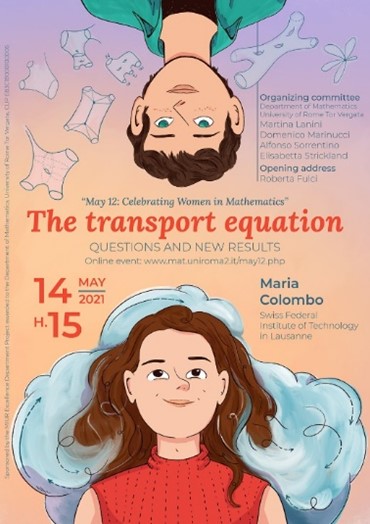
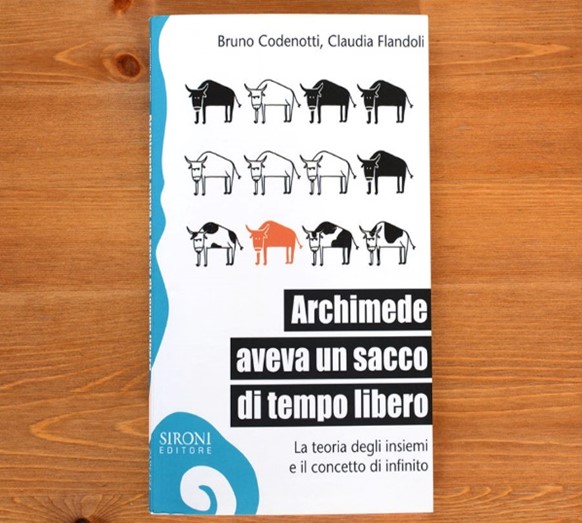
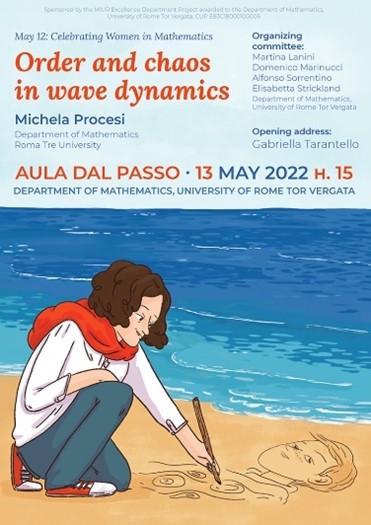
Figure 5: Left and right: celebrating women in mathematics, middle: Book about infinity.
Are you inspired by collaborations between science and art?
“Absolutely! But before starting such a collaboration you need to have clear what your goal is, do you want to explain the science or be inspired by it. As an artist I don’t only want to explain science, but also to be inspired by it. When you want to explain science, you need to be very careful not to be misunderstood. When you do art, it is not to explain the science, but to get a feeling from it.
We have in Cambridge a version of “Pint of science” (hosted at nine locations in the Netherlands), it is an international project where scientists are asked to give short presentation about their research in their local pub, bar, cafe or public space. In Cambridge they have paired this exhibition with another cool exhibition which is called “Creative reactions”, where they asked volunteers from art to be paired to the scientists and create a piece of work inspired from the science. And you see many different results. So you see that the outcomes depend on how they react to each other. In a collaboration both sides should be open about how the other one will interpret some piece of work. So there should be room for creativity. Sometimes mathematicians expect a precise representation of their work, but the funny thing is that when working with an artist you can get something which is totally opposite from what you expect! I really love this interplay!”
All the illustrations are taken from Claudia's personal website. If you want to reuse any of these illustrations you need her consent.

